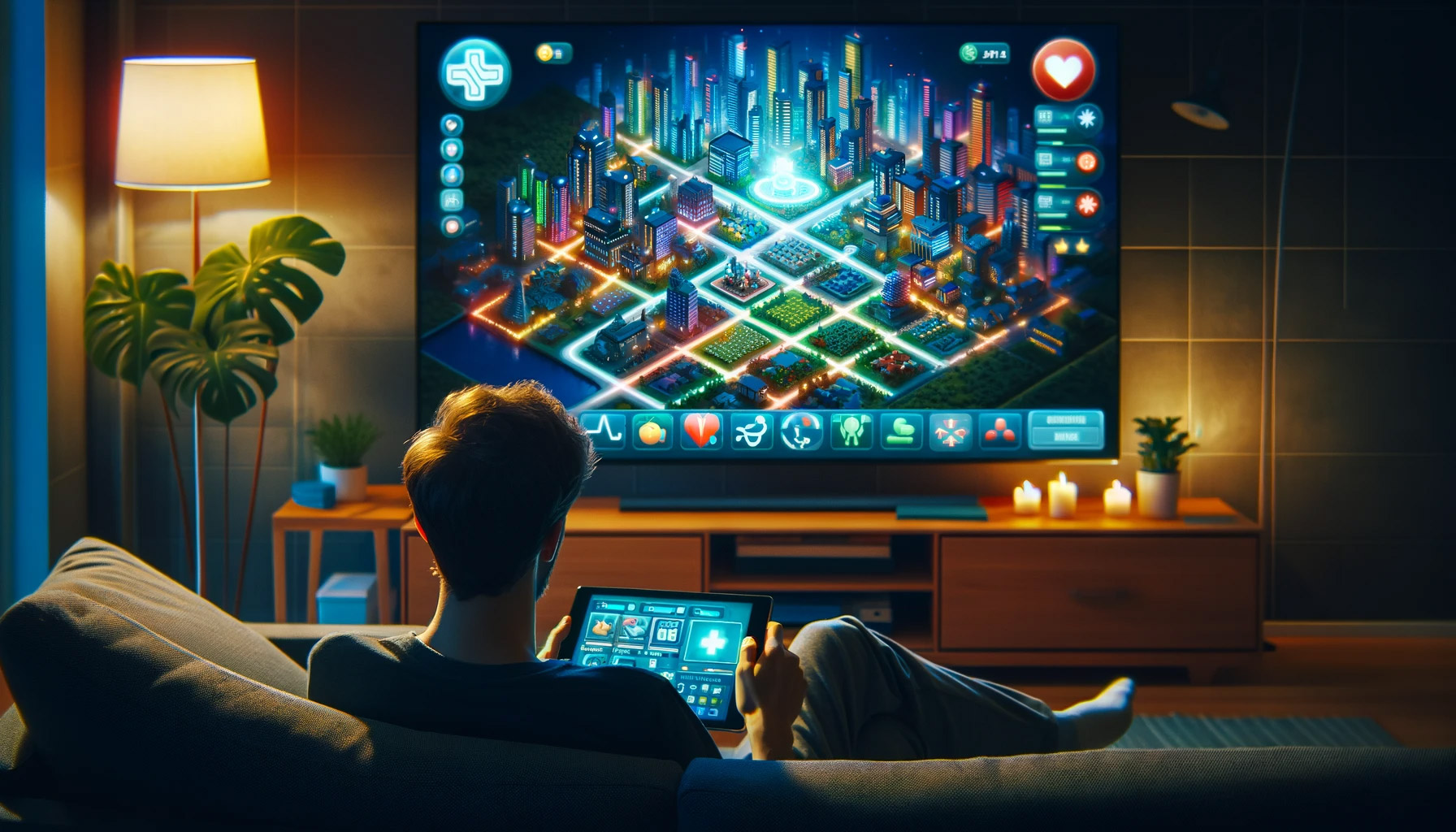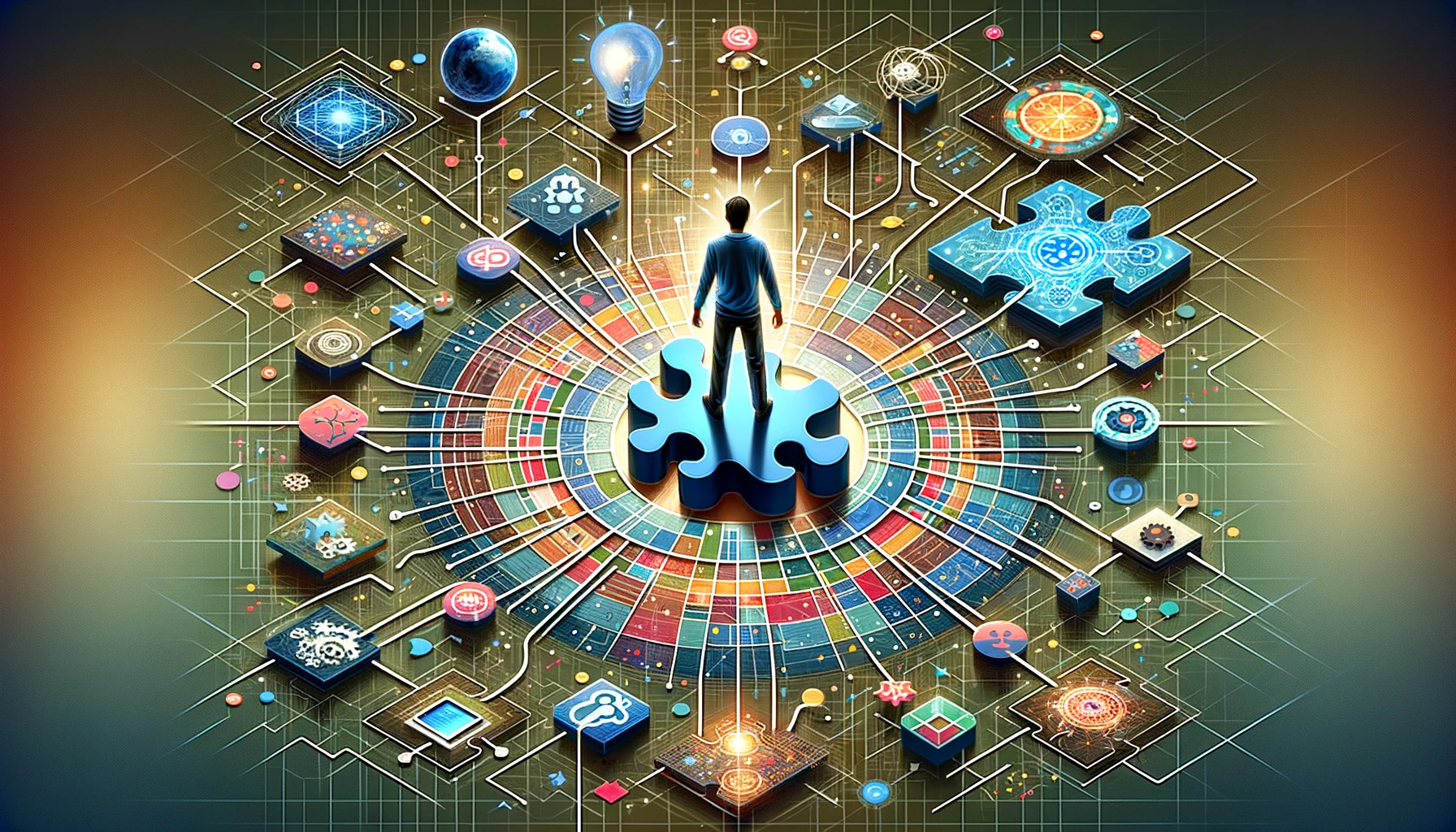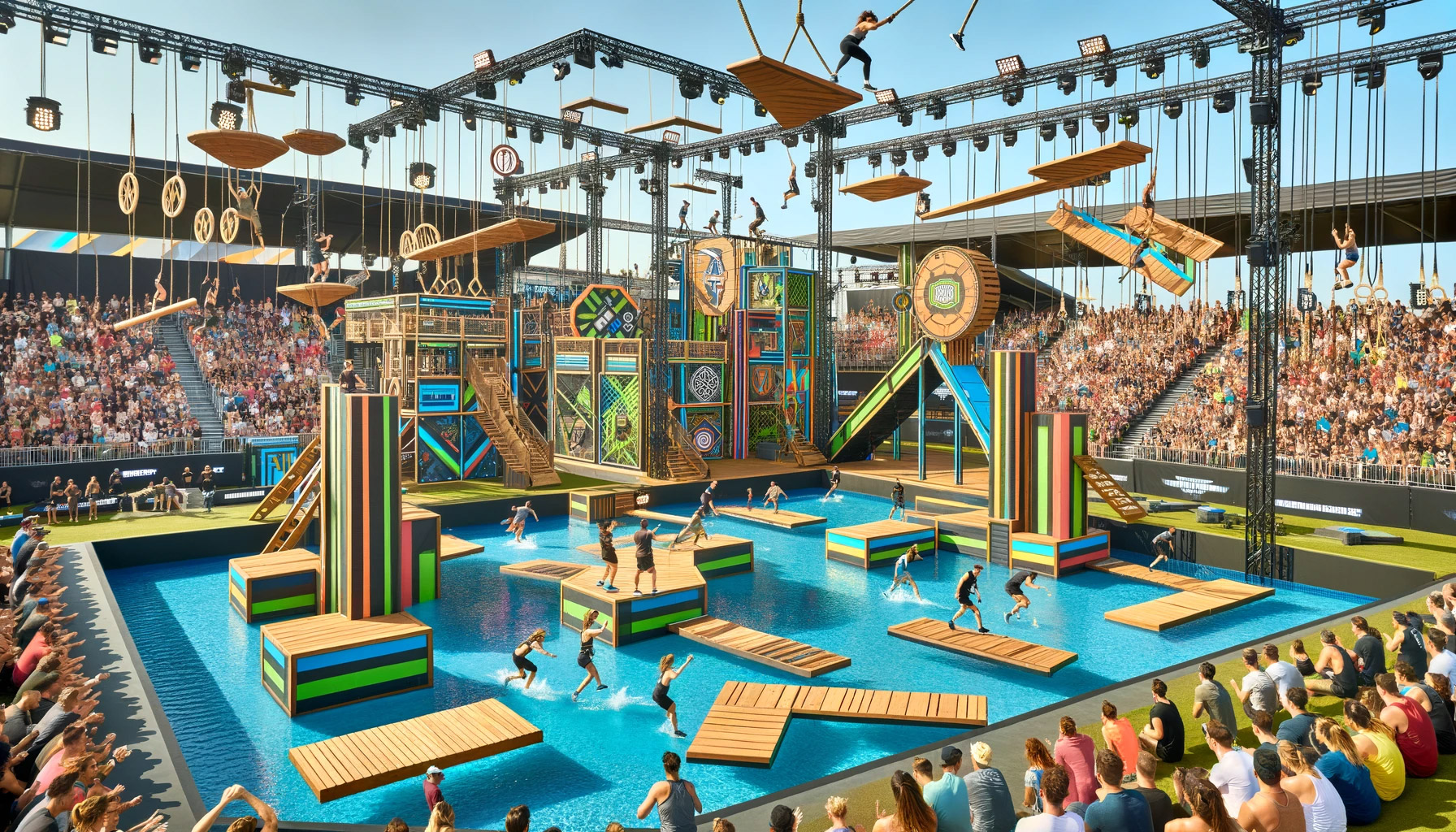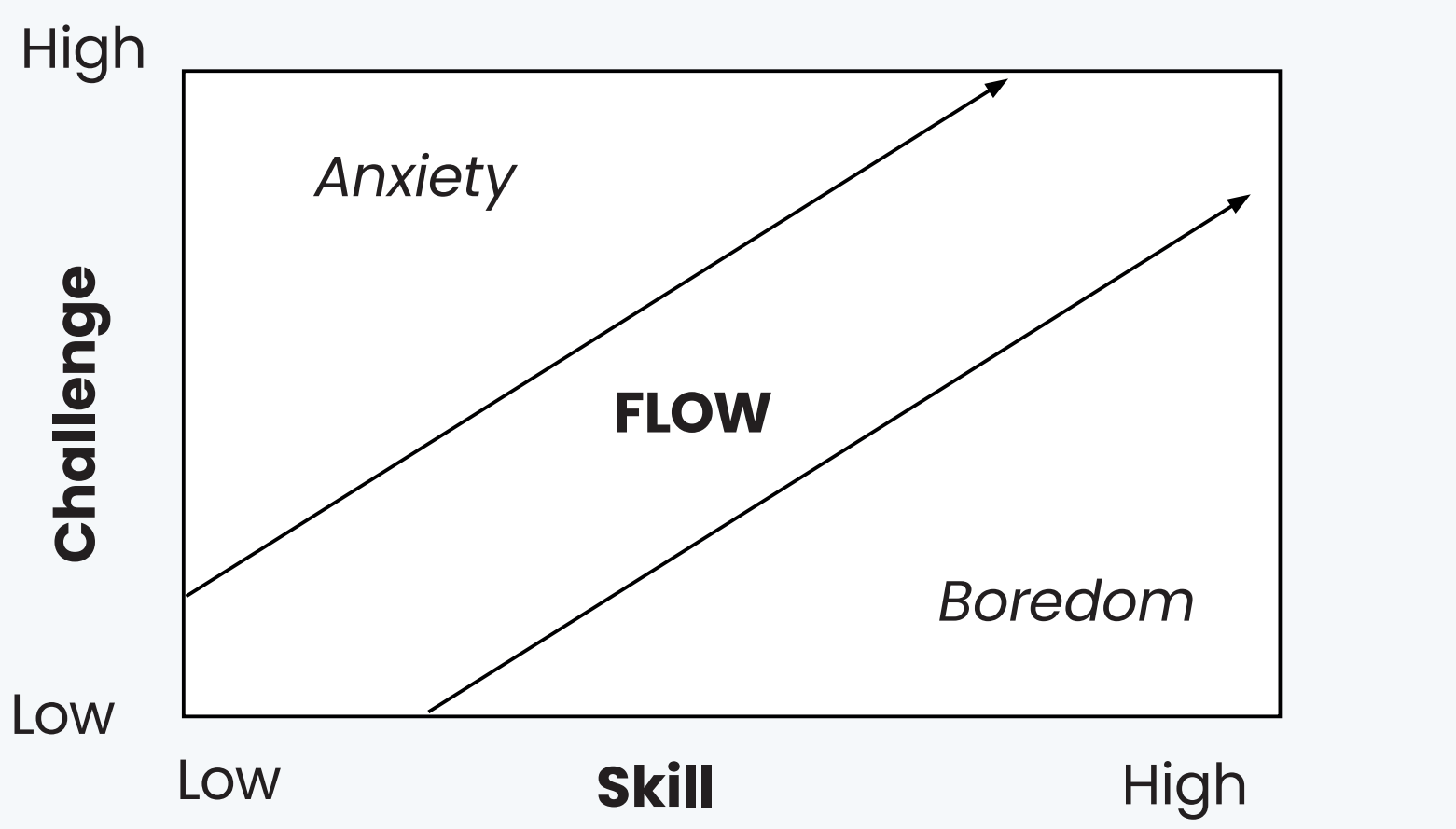Core Drive 1: Epic Meaning and calling
The learner believes they are doing something greater than themselves.
Core Drive 2: Development and accomplishment
Development and accomplishment is our internal drive for making progress, developing skills, achieving mastery and eventually overcoming challenges. Challenge is important, as a badge or trophy without challenge is not meaningful at all.
Core Drive 3: Empowerment of creativity and feedback
This is expressed when learners are engaged in the creative process where they repeatedly figure new things out and try different combinations. Learners need to express their creativity and in turn see the results, receive feedback and adjust in turn. If these techniques are properly designed and integrated to empower learners there’s no need to continuously add additional content to keep the activity fresh and engaging – the brain entertains itself.
Core Drive 4: Ownership and possession
Where learners are motivated because they feel a sense of ownership over their actions and achievements.
Core Drive 5: Social influence and relatedness
Incorporates the social elements that motivate learners, including: mentorship, social acceptance, social feedback, companionship, and competition.
Core Drive 6: Scarcity and impatience
Wanting something simply because it is rare, exclusive or immediately unattainable.
Core Drive 7: Unpredictability and curiosity
Constantly being engaged because you don’t know what is going to happen next.
Core Drive 8: Loss and avoidance
Motivation to avoid something negative from happening. Opportunities that fade away (such as limited time/quantity) have a strong utilisation of this drive.
For more information visit
The Octalysis Framework for Gamification & Behavioral Design



















